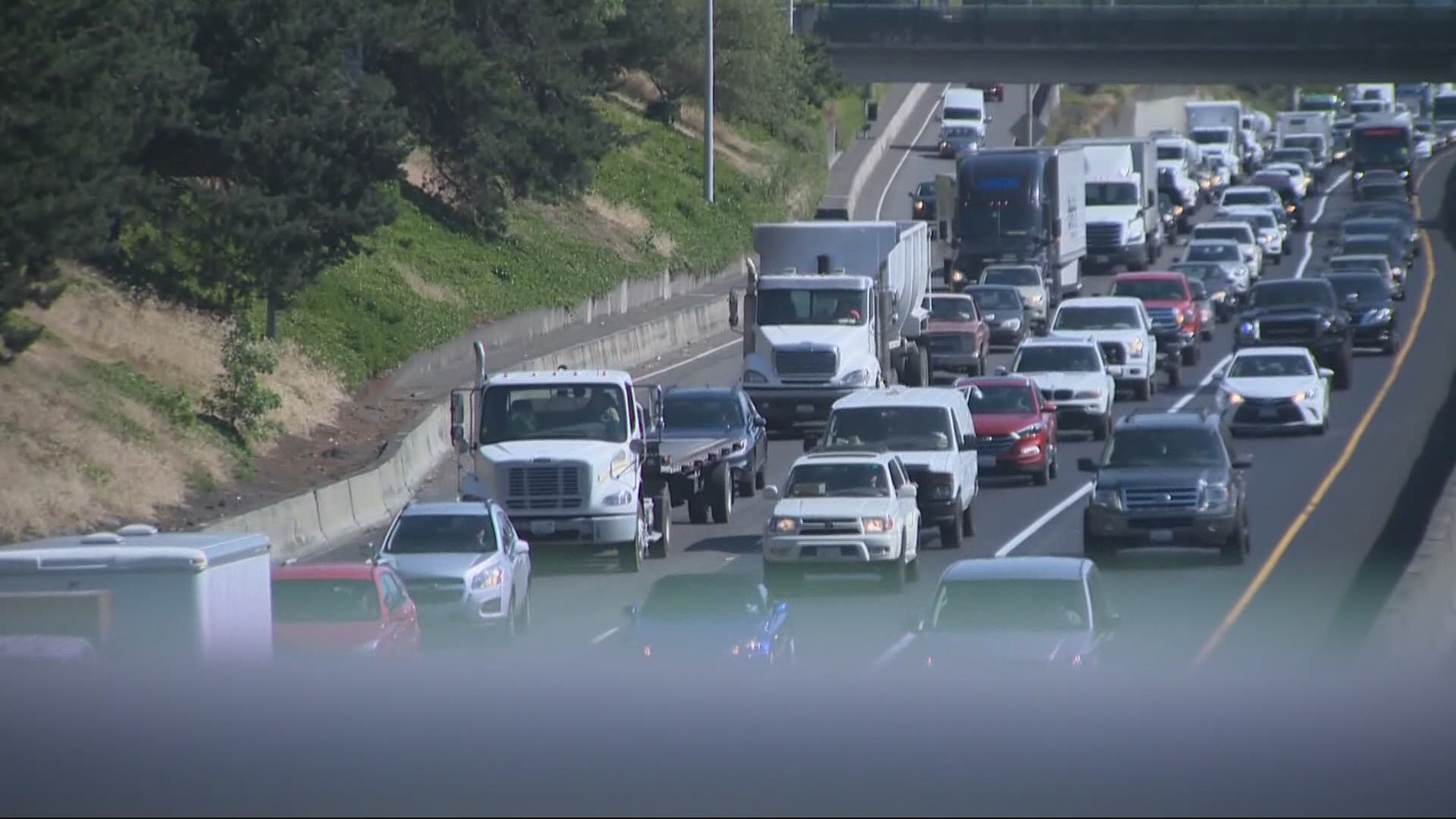PORTLAND, Ore. — It was something that even surprised researchers. The pandemic hit. Shelter-in-place orders went into effect. And a lot of traffic came to a halt. Levels of tailpipe emissions, like nitrogen dioxide, plummeted.
"We're able to see a reduction in the amount of that pollutant immediately following the shelter-in-place policy," said Vivek Shandas, professor of urban studies and planning at Portland State University.
Shandas has been tracking nitrogen dioxide levels in the atmosphere since the pandemic started. He's not using air quality monitors here on earth. Instead he and his colleagues are tracking the levels from space.
"We have satellites that are going around the earth that can actually take pictures of what's in the air, and in this case we're taking pictures of a pollutant that comes out of tailpipes and some smoke stacks," he said.
The imagery suggests there was about a 40% reduction in nitrogen dioxide levels soon after the pandemic hit.
Since then, Shandas has watched pollution levels creep back up when restrictions are lifted, then go back down when restrictions were put back in place.
As you might imagine, over the past several weeks he has seen a significant increase in nitrogen dioxide levels.
"Now its back up to about 70 or 80%," he said. "We've really watched this kind of ebb and flow over time, all responding to these policies that are being put in place."
Shandas said he doesn't think we'll get back to pre-pandemic pollution levels if employers continue with the work-from-home model and the trend of drivers leaving their cars at home continues.
"Maybe we could even go below 80% because I've noticed a big run on bicycles and a lot of bike stores being out of stock," he said.
There is emerging evidence that people are transitioning away from gas-powered transportation for more human powered.
"That might also have an effect, in addition to organizational policies of working from home," Shandas said. "That's at least the optimistic rose-tinted-glass perspective."

